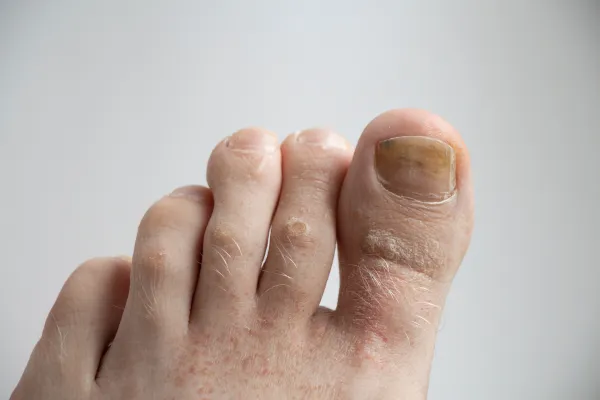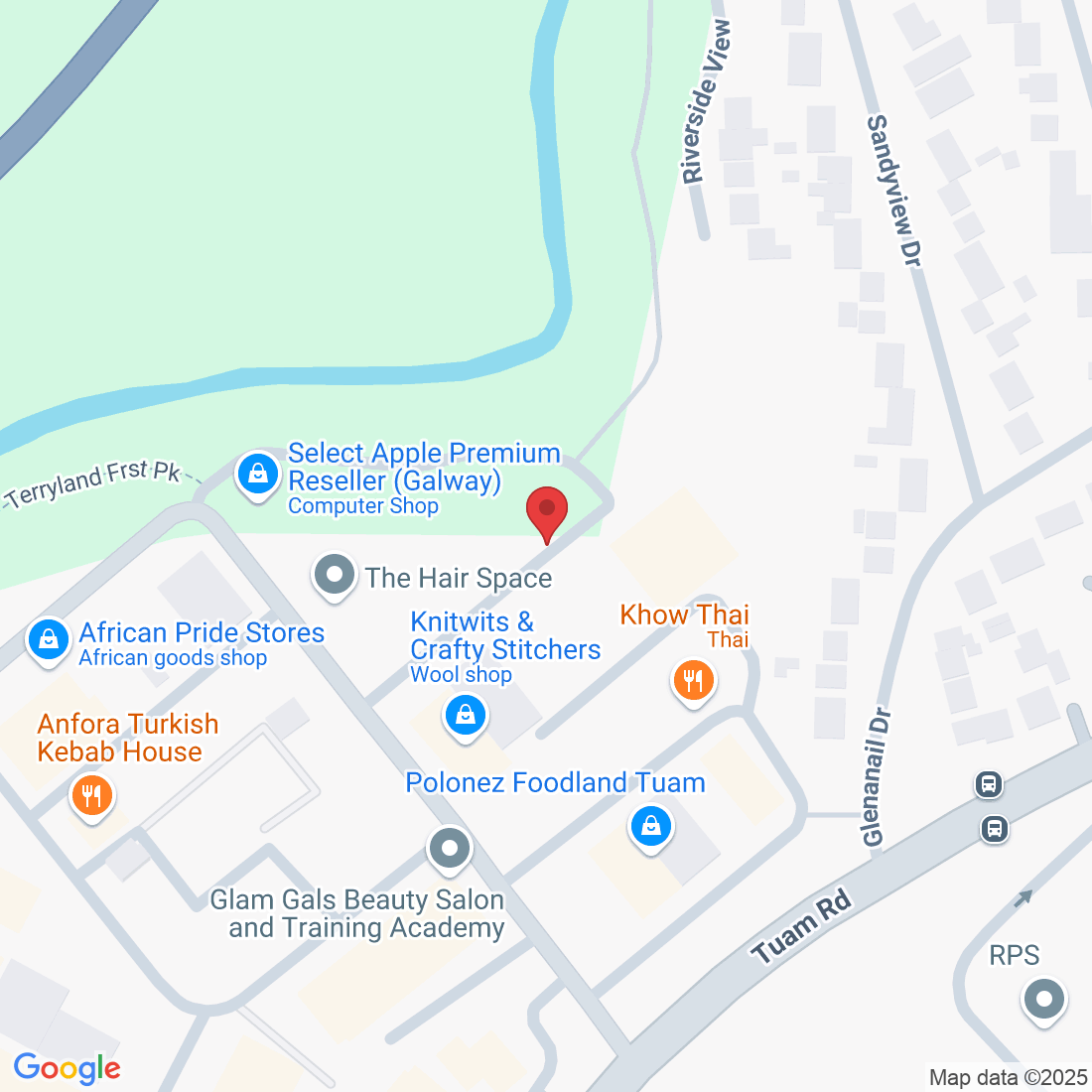
Fungal Nails 101: What Causes Them and How to Treat Them
Fungal nails are one of those foot problems that can sneak up on you. They often start small—maybe just a tiny yellow or white spot on your nail—and before you know it, the nail looks thicker, brittle, and harder to cut.
It’s a very common issue we see in our Galway and Limerick clinics, and the good news is that with the right care, you can treat them and stop them from coming back. Let’s break it down in simple terms.
What Exactly Are Fungal Nails?
Fungal nails (also called onychomycosis) happen when microscopic fungi get into your nail bed. This can be toenails or fingernails, but toes are affected more often because:
Feet spend more time in warm, sweaty shoes (fungus loves moisture)
Toenails grow more slowly, so infections have more time to develop
Minor injuries from tight shoes or sports can let fungi in
What Causes Fungal Nails?
A few common triggers include:
Athlete’s Foot Spreading to the Nails – The same fungus that causes itchy, flaky skin between your toes can move into your nails.
Warm, Damp Environments – Public pools, gyms, and shared showers are perfect breeding grounds.
Nail Injuries – Even a small crack in the nail can be an entry point.
Tight or Non-Breathable Footwear – These trap moisture and heat.
Weakened Immune System – Certain medical conditions, like diabetes, make you more prone to infections.
Age – Nails naturally thicken and grow slower as we get older, making them more vulnerable.
How to Spot Fungal Nails Early
The sooner you catch it, the easier it is to treat. Look out for:
Yellow, white, or brown spots on the nail
Thickened or brittle nails that break easily
Nails lifting slightly from the nail bed
An unpleasant smell (in more advanced cases)
Treatment Options
There’s no one-size-fits-all cure, and over-the-counter products rarely work on more stubborn infections. Here’s what we recommend at Peak Podiatry:
1. Podiatry Nail Debridement
We gently thin the nail and remove as much infected nail as possible. This makes treatments more effective and improves comfort.
2. Topical Antifungal Treatments
Prescription-strength solutions or medicated nail lacquers can help—especially if the infection is caught early.
3. Oral Antifungal Medication
For more severe infections, tablets prescribed by a GP can work from the inside out. These are often taken for several months.
4. Laser Therapy for Fungal Nails
A modern, non-invasive option we offer in our Galway clinic. The laser targets and destroys the fungus without harming surrounding skin or nail tissue.
5. Nail Reconstruction
If the nail is badly damaged or unsightly, we can rebuild it using a special medical resin so it looks natural while you’re undergoing treatment.
Preventing Fungal Nails from Coming Back
Keep feet dry, especially between toes
Wear breathable socks and change them daily
Choose shoes that allow airflow
Avoid sharing nail clippers or footwear
Always wear flip-flops in public showers or pool areas
Final Thoughts
Fungal nails might be stubborn, but they’re not unbeatable. The earlier you get them checked, the easier and faster treatment will be. If you’ve noticed any changes in your nails—no matter how small—book an appointment at our Galway or Limerick clinics. We’ll assess the cause, discuss the best treatment for you, and help you get your nails back to looking and feeling healthy.
Ask Robert And His Team
Fill in the form to request a Call From Our Team
Fill in the form to request a Call From Our Team
One of our team will call you for FREE and answer any questions or concerns you may have about your Foot Pain.
One of our team will call you for FREE and answer any questions or concerns you may have about your Foot Pain.
© Copyright 2022. Peak Podiatry All rights reserved.





